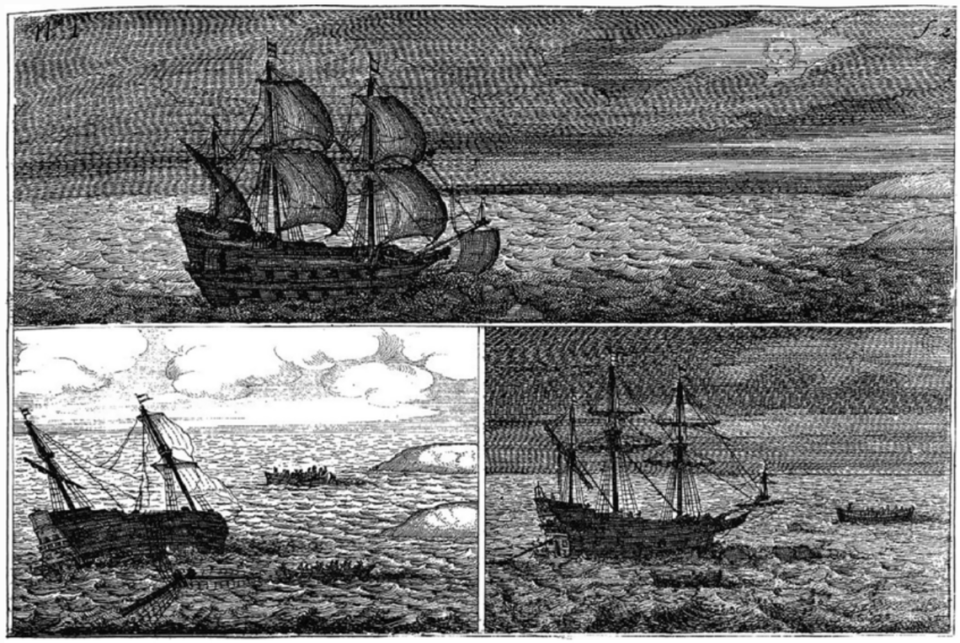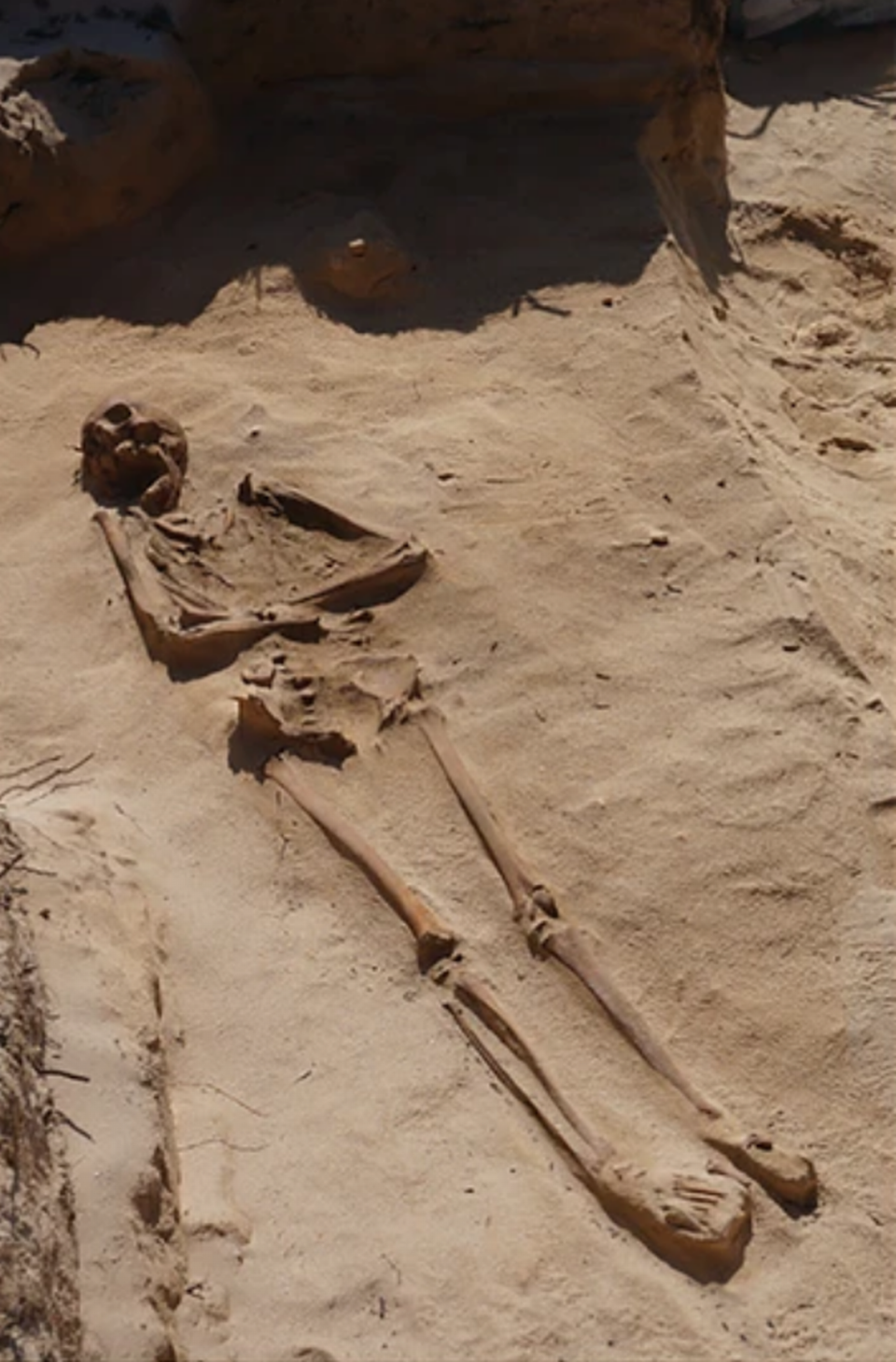Nesting birds unearth tooth and human remains from ‘haunting’ 400-year-old shipwreck
While burrowing into the sandy soil of a small island off the coast of Australia, a group of seabirds unearthed something peculiar: human remains.
The birds, a species of shearwaters, brought a tooth and other bones to the surface while constructing their nests.
Below the surface, they tunneled and laid their eggs among human skeletons.
Researchers came across these partially exhumed remains and discovered that they were centuries old, belonging to the ill-fated survivors of a famous shipwreck, according to a study published on May 4 in the journal Historical Archaeology.
The ship’s sinking is known as “one of the most dramatic events in the history of European encounters with Australia,” according to the study, conducted by archaeologists from the University of Western Australia. The “haunting” events that unfolded after the wreck have captivated people for centuries, according to a university news release.
In the early morning hours of June 4, 1629, the Batavia, a Dutch ship on its maiden voyage, sank near a reef off the coast of western Australia.
The ship had been ferrying 341 Dutch people, including infants born onboard, from the Netherlands to the East Indies, according to the study.
Following the wreck, the passengers made their way to Beacon Island, a small coral island about 50 miles from mainland Australia. Some likely drowned before reaching shore, while others died shortly after from injury or dehydration.
Three-and-a-half months later, a ship came to rescue the survivors, but by the time it arrived more than half of them had been killed during a mutiny and subsequent “reign of terror.” The mutineers were eventually captured, and several were tried and marooned as punishment.
Of the original 341 travelers who set out from the Netherlands, only 122 made it to the East Indies, a term used to refer to a broad area in Southeast Asia.

In the years that followed, the tragic tale of shipwreck and “murderous rampage” made its way back to Europe and was recounted in a journal published by one of the rescuers. However, the remains of the wreck itself were not discovered until centuries later, when lobster fishermen spotted it in 1963.
Now, decades after the wreckage’s discovery — and with the assistance of burrowing seabirds — the remains of 12 of the ship’s passengers have been found, according to the study.
The skeletal remains were located in individual and mass graves on the island between 2014 and 2018. A lack of cuts or marks on the bones indicated that they may not have had violent deaths.
“Perhaps these were victims from the initial recoil phase following the wreck when natural deaths were common, rather than from the subsequent period characterized by murders, the victims of which were sometimes described as having been clandestinely disposed of in the sea to hide the evidence,” researchers said.
Interestingly, one of the individuals was buried with musket balls. Researchers believe the survivors might have sucked on the lead weapons to help alleviate thirst.
Another individual was found in a grave next to a sea lion, which might have served as a source of sustenance for survivors.

The newfound graves help paint a fuller picture of the details surrounding the shipwreck and fate of its survivors, according to the study. Their discovery follows the unearthing of other graves that belonged to fellow survivors, many of whom met more violent ends.
In the future, researchers plan to conduct forensic analyses on the remains and hope to determine the diet of the stranded survivors of the Batavia.
Massive mountain almost as big as Oregon’s Mount Hood found in the ocean off Canada
Over 1,000 people killed in WWII shipwreck in 1942. Now, it’s finally been found
Watch as disheveled bear wakes up at Ukraine sanctuary. ‘If Monday was a bear’

